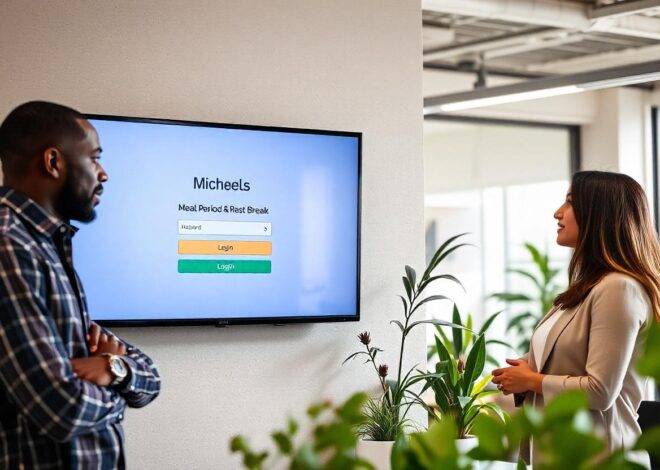The Rise of Video Verification: How It Is Changing Customer Onboarding
Throughout contemporary times, the upsurge of video verification has become a widespread and fashionable technique for enrolling customers. Through this methodology, companies are able to certify their clientele’s identification remotely via visual communication, eliminating the need for in-person encounters. As such, utilizing video verification is an indispensable part of Know Your Customer (KYC) procedures that assists enterprises with curbing fraudulence while furthering compliance measures all whilst heightening levels of customer satisfaction.
Market Growth
The pandemic outbreak of COVID-19 has had a significant impact on businesses. In response, many organizations have adapted by shifting towards remote work and contactless procedures; all these changes make video verification increasingly relevant in today’s world. As working from home becomes more common, video-based KYC is an efficient yet secure way for firms to onboard new clients remotely. According to market experts at MarketsandMarkets, the industry size of the Video KYC market will grow significantly with estimates indicating its value may surge upward from $214 million (2020) up until it reaches approximately 1.1 billion dollars by 2025 if attaining a Compound Annual Growth Rate (CAGR).
The methodology of KYC (Know Your Customer) via video aims to authenticate customer identities through virtual means, eschewing the traditional requirement for customers to physically present themselves in person. The process usually involves several steps:
The client initiates their enrollment on the company’s digital platform, furnishing particulars such as full name, residential address, and birth date. Likewise, they electronically submit a scanned replica of either an official government identification or passport for authentication purposes.
The entity induces the client to trigger a video conference with an authentication representative. Within this visual meeting, the agent authenticates the requester’s identity by requesting them to present their identification or passport in front of the camera. The agent then undertakes a scan utilizing facial recognition technology.
Enhanced Security Measures
The authentication personnel employ cutting-edge innovations like Optical Character Recognition (OCR) and Artificial Intelligence (AI) to authenticate the genuineness of clients’ identification or passport credentials. Furthermore, a facial recognition scan is implemented to verify that customers match their submitted ID or passport photo.
The convenience and security features of video-based KYC have made it a popular choice. Facial recognition technology used by vendors for video verification aids in matching the customer’s identity with their government-issued ID or passport, preventing frauds while also minimizing risk related to identity theft instances. It is plausible that as accuracy improves over time, this authentication method may become an alternative norm instead of being physically present at a particular location while undergoing scrutiny procedures.
Video Verification Solutions
The employment of video verification presents customers with a convenient option and delivers an enhanced level of security in comparison to its traditional counterparts. Through the incorporation of facial recognition technology, those who provide this service can discern if the customer’s appearance matches their government-issued identification or passport document thereby reducing identity theft concerns. This technological advancement has seen significant improvements regarding accuracy and reliability rendering it a practical substitute for physically present forms of authentication.
Numerous purveyors provide verification solutions based on video, including Jumio, Onfido, and Shufti Pro. These vendors heavily rely upon sophisticated technological advancements like Artificial Intelligence (AI) as well as Optical Character Recognition (OCR) to elevate the precision and celerity of the authentication procedure. Furthermore, they proffer modification preferences in order to accommodate divergent requirements that are unique to various institutions.
The advantages of visual confirmation expand beyond the domains of deceit prevention and adherence. Institutions can enhance their customer onboarding procedures by utilizing this verification method, ultimately reducing the time it takes to accommodate new clients. This approach enhances customer satisfaction levels and fosters brand loyalty amongst customers. Moreover, video authentication is capable of mitigating expenditure linked to verifying credentials manually – expenses that include supplementary firms’ personnel or rental fees for workspace facilities.
Video KYC
As we come to an end, it is clear that video-based authentication has emerged as a cardinal component of KYC procedures. This technology presents secure and effortless remote customer identity verification solutions for organizations amidst the surge in demand for contactless methods and a work from home culture. It comes with immense potential of replacing traditional onboarding norms by becoming the “go-to” option (standard) soon enough. As customer experience remains key, exploring different vendors offering video KYC services while integrating this solution into their operations would undoubtedly pave the way towards optimizing CX & streamlining organizational functions via videos – without any face-to-face interactions whatsoever!
Also Read: What Should Business Lenders Know About UCC Filing?


